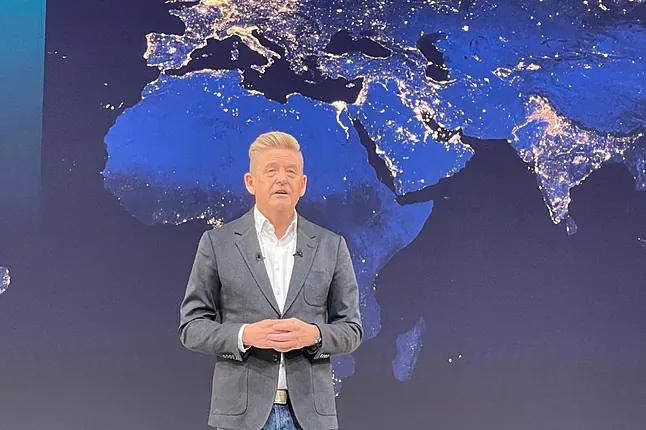"With the current electric car market, with only 5% in Spain and less than 14% in Europe, it doesn't make sense for us to make an electric Seat. It will make sense when sales reach 30% or 40%, and of course, when it is a profitable project," stated Wayne Griffiths, who added that in 2030 they will decide whether to continue manufacturing combustion cars or not.
The CEO of Seat and Cupra also mentioned that they do not plan to join the VW ID.1 project, the battery model that the German brand announced it will produce in Palmela (Portugal) and which will not have a Skoda version. It will be their cheapest electric car, priced at 20,000 euros before incentives.
"Our goal is to consolidate the company's profitability and the projects in progress. I left the presidency of Anfac to focus on that, and I do not regret it," he pointed out during the 2024 financial results presentation. "It has been the best in our history," he added, although there are still three challenges: the slowdown in electric vehicle demand, increased competition from China, and an unstable tariff landscape.
Specifically, operating profits were 633 million euros, (647 million according to Spanish accounting standards) while profitability remained stable at 4.4%, considering a turnover of 14,530 million euros (+1.4%). Meanwhile, sales reached 558,100 vehicles (+7.5%).
Regarding the tariffs on electric cars made in China, Griffiths mentioned weeks ago that up to 1,500 jobs in the company were at risk due to the impact on sales of the Tavascan SUV imported from that country. "Without the money spent on those tariffs, our profitability margin would have been 5%," he revealed this morning, showing a more conciliatory tone. "We are looking for a solution, but we have not found it yet," he said.
As for the tariffs that the US wants to impose on European cars, Griffiths announced last year that they plan to enter that market with Cupra in 2030, a plan that was reaffirmed this week by the CEO of the Volkswagen Group, Oliver Blume.
"These are long-term plans that should not be affected by a regulation like this," said the CEO of Seat and Cupra, adding that the original idea has always been to manufacture in the region (even if it were Mexico). However, Griffiths mentioned a significant change: they will not only go with electric cars anymore, considering that this market represents only 10% in that market. "We need to listen more to customers," he admitted several times as a mea culpa.
The company attributed the results of 2024 to increased sales and the strengthening of the business model, which has allowed them to reduce operating costs by 30%. "We are faster and more efficient," said their CEO. Meanwhile, Cupra, the sports brand that has become the jewel in the crown, has enabled them to increase per-car revenue by 35% since 2019.
"When we launched it, some thought we were crazy, but it has had the most spectacular growth among emerging brands and has allowed us to reshape the company's financial structure," defended Griffiths. Combining aftermarket activities, this brand already accounts for over 50% of Seat SA's revenue, 90% of which comes from Europe. That's why one of the plans is to make the company more global, a strategy that includes Cupra's integration into Seat.
Last year, Cupra sold 248,100 units, still far from the 310,000 cars sold by Seat (+7.5%), and the recent relaxation of CO2 emissions regulations has provided significant relief by reducing pressure on the 100% electric car market.
Because Seat does not have a model of this type. This path currently begins with Cupra and the Raval utility vehicle, whose pre-series production has already begun at the Martorell plant - a historic milestone - and will be officially presented at the upcoming Munich Motor Show in September. The plan is for the car to hit the streets in the second quarter of 2026 and will be manufactured alongside the VW ID.2.
Battery Plant: 300,000 per year
All part of the Future: Fast Forward project, led by Seat/Cupra within the Volkswagen Group (which also involves PowerCo). It will involve an investment of 10 billion euros, of which 3 billion will be allocated to electrifying Martorell. Additionally, there is the 300 million euro battery assembly plant that will be completed this summer. It will be able to assemble up to 300,000 batteries per year exclusively for the two electric models to be produced in Martorell. "Now, we want others to do their part of the work as well."
Griffiths' presentation concluded with a recorded intervention by Thomas Schäfer. The Volkswagen brand's top executive and head of the Core Group emphasized that Seat and Cupra are "two key pillars" within this conglomerate. Two years ago, he caused a stir when he stated at the Munich Motor Show that Seat would stop manufacturing cars, a statement he later retracted.
